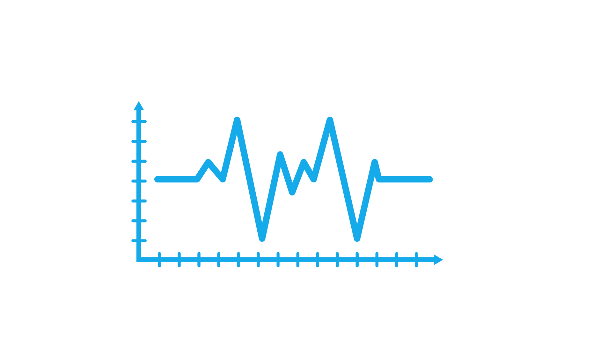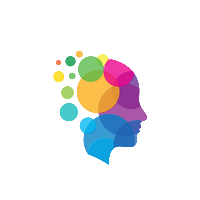Electroencephalogram (EEG)

WHAT IS A EEG?
An EEG (Electroencephalogram) is a non-invasive procedure that records the electrical activity of the brain. It involves placing small electrodes on the scalp with the entire procedure lasting approximately an hour in duration. The waveforms that are recorded during the EEG are generated by the neural impulses (synaptic potentials) communicating with one another. This test is painless and harmless.
WHY IS AN EEG PERFORMED?
An EEG can determine changes in brain wave activity that can assist with diagnosing brain disorders, especially epilepsy. An EEG cannot measure your intelligence or detect mental illness. An EEG can assist in detecting:
- Seizure disorders
- Encephalopathies (such as toxic, anoxic, metabolic, etc)
- Inflammation of the brain (such as encephalitis)
- Brain tumours
- Stroke
- Sleep disorders
- Evaluation of dementia and cognitive decline or impairment
- In the assessment of altered mental state or impairment of consciousness.
- An EEG can also be used to confirm brain death in someone in a persistent coma or as a continuous recording to assess the level of anaesthesia when someone is in a medically induced coma.
TYPES OF EEGS
Routine EEG
A routine EEG recording can take 20 – 30 minutes with or without video. Patients are asked to open and close their eyes intermittently. Standard ‘activation’ procedures are usually performed unless otherwise contraindicated. Activation procedures can increase the yield of capturing abnormalities such as epileptiform activity. Activation procedures include 3 – 5 minutes of ’over breathing’ and photic stimulation (flashing lights).
Prolonged EEG
A prolonged EEG is a recording, usually with video and of at least 3 hours in duration. This can be performed as an inpatient or outpatient with or without activation procedures. Prolonged EEG’s can increase the yield further in capturing epileptiform discharges.
24 Hour Ambulatory EEG
An ambulatory EEG (AMB) is an outpatient recording lasting anywhere from 24 hours up to 5 days. The patients head is measured with a marker and individual electrodes are placed on the head.
Sleep Deprived EEG
An sleep deprived EEG (SDEEG) is performed after a period of sleep deprivation. This can be a partial or up to 24 hours of sleep deprivation.
Risks of having an EEG
The EEG is a non-invasive test so there is minimal risk. If you are currently withdrawing from anti-epileptic medications or reducing the dosage, there is an increased risk of having a seizure during the test. However, this does not commonly occur and most people are NOT told to stop their anti-epileptic medications. We also perform activating procedures to provoke abnormalities during the test such as deep breathing. This can sometimes make people feel dizzy and the hands and feet can become tingly.
WHAT HAPPENS AFTER THE EEG?
You will need to wash your hair when you get home to remove the gel left in your hair from the procedure. Bring a hat or beanie if you would like to cover up on your way home. Your EEG will be reported on by the Neurologist and sent to your referring doctor within 10 workings.
MEDICATION:
- Analgesic
- Relieves pain.
- Anti-nausea medication
- Can act as a migraine preventative.
- Non-steroidal anti-inflammatory drug
- Relieves pain, decreases inflammation and reduces fever.
- Nerve pain medication
- Blocks pain caused by damaged nerves.
- Triptan
- Relieves pain and symptoms associated with migraines and cluster headaches.
- Neurotoxin/Injection therapy
- Reduces or eliminates muscle activity and spasms by paralysing muscles.
